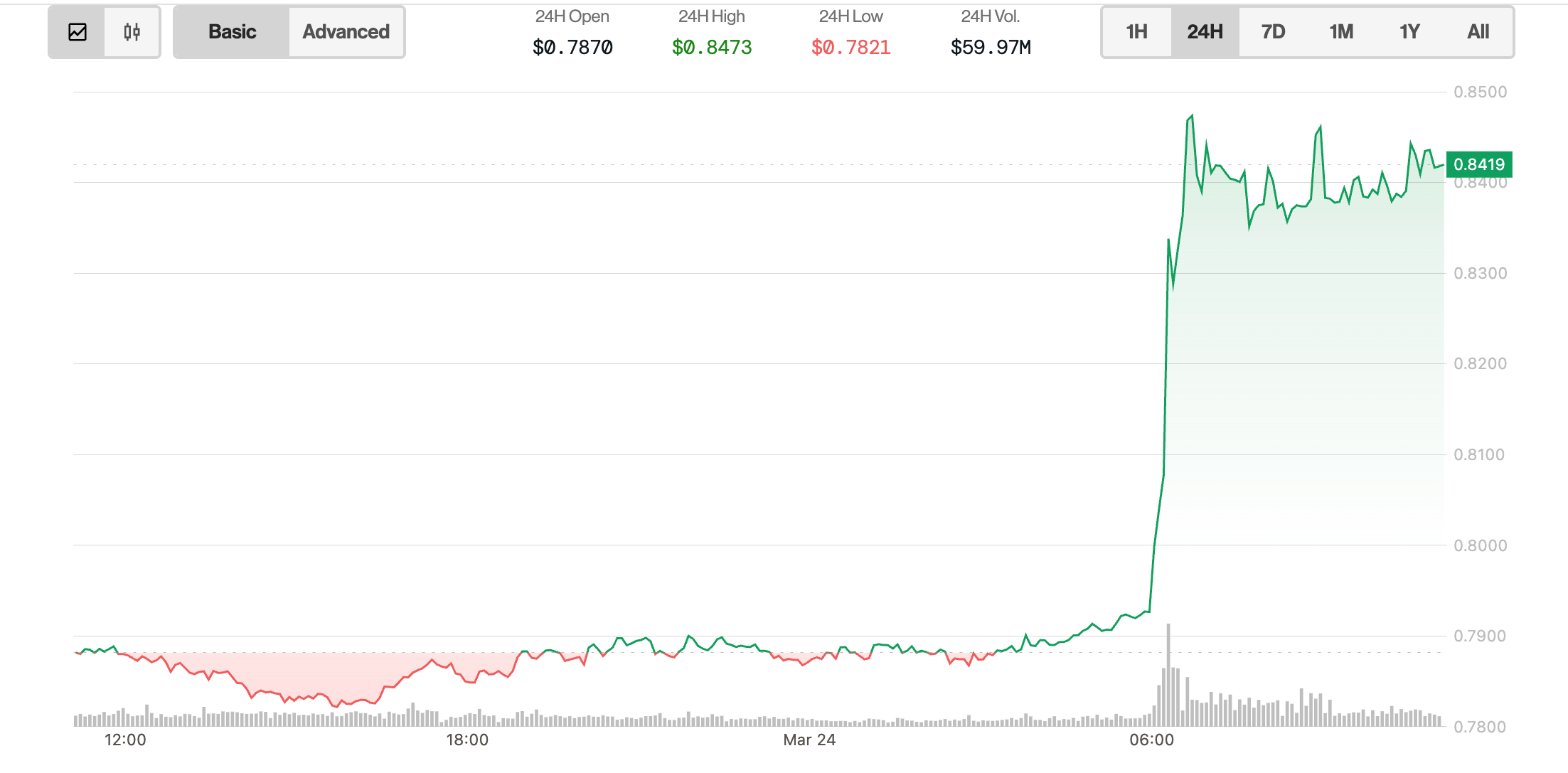This is a segment from the 0xResearch newsletter. To read full editions, subscribe.
In the realm of macro risks, this week is stacked with market-moving events — particularly relevant to risk assets.
“Liberation Day” on Wednesday could trigger sweeping tariffs and exacerbate trade war fears, while Friday’s US jobs report will test the resilience of the labor market and offer clues into future Fed policy moves. Throw in Eurozone CPI, Fed Chair Powell’s post-jobs-report remarks, and a Congressional hearing on the future of stablecoins, and you have a volatile mix of economic, political and regulatory items converging at once.
Oh, and don’t overlook Japan, where a new fiscal year on April 1 could trigger large-scale capital redeployment, notwithstanding headline-driven US tariff chatter. I’m tired, boss!
DeFi, on the other hand, has its own set of risks to worry about. Navigating the part of the crypto game where risks are too often opaque and inconsistent leads the degens among us to simply ignore them. Yet, as protocols like Morpho scale into multi-billion dollar platforms, that problem compounds. The risks aren’t just about smart contracts anymore; they span asset types, market design and human factors like governance and custody.
But things are improving. The latest tool in the toolbox is Credora’s recent launch of risk ratings for Morpho vaults. These aren’t merely marketing labels — they’re probabilistic, institutional-grade assessments that break down risk at the collateral, market and vault level.
A vault rated A+ should be more than a vibe; it should be a signal derived from a consensus process involving crypto-native and traditional credit experts that simulate real-world defaults and loss probabilities.
This move towards pushing risk transparency forward reminds me of other standout projects:
- Bluechip.org is one source for stablecoin analysis, providing transparent and curated risk profiles for fiat-backed and decentralized assets alike. Its community-first model prioritizes credibility over hype — though it’s hard to keep up with all the new launches these days.
- Serenity Research brings a similar rigor to stablecoin yield hunters. Its risk-adjusted yield rankings aim to standardize a discount rate for constructing risk-reward profiles.
Risk curators like Gauntlet and Chaos Labs have spent years advising protocol governance on risk parameters using agent-based simulations. It’s critical work but advice that often stays inside governance forums or within core teams.
What’s new here is the shift toward user-facing, accessible risk signals. A Credora score is an accessible way to help users understand and trade-offs. That opens the door to something bigger: risk-aware capital flows. Firms can build structured products with embedded risk scores. Wallets can surface safer options by default. Insurance markets can price policies with real inputs.
Risk, in other words, becomes composable. DeFi players have spent years optimizing for yield. The next phase is about risk-adjusted yield — and how to verify it. By translating complexity into standardized, transparent metrics, we can set the stage for more intelligent capital allocation.
The dream isn’t risk-free DeFi. It’s know-your-risk DeFi.
Get the news in your inbox. Explore Blockworks newsletters:
- Blockworks Daily: The newsletter that helps thousands of investors understand crypto and the markets, by Byron Gilliam.
- Empire: Start your morning with the top news and analysis to inform your day in crypto.
- Forward Guidance: Reporting and analysis on the growing intersection of crypto and macroeconomics, policy and finance.
- 0xResearch: Alpha directly in your inbox. Market highlights, data, degen trade ideas, governance updates, token performance and more.
- Lightspeed: Built for Solana investors, developers and community members. The latest from one of crypto’s hottest networks.
- The Drop: For crypto collectors and traders, covering apps, games, memes and more.
- Supply Shock: Tracking Bitcoin’s rise from internet plaything worth less than a penny to global phenomenon disrupting money as we know it.



















